Grassroots Indigenous Multimedia
Project Reclaim will transmit the Ojibwe language and relationship to the land through an augmented reality (AR) experience so as to reawaken Ojibwe language and culture in Minnesota. For this stage of the project, GIM will hold a Community Analog Prototype Workshop and design Reclaim, an interactive mobile app that will simulate the experience of walking in the woods with Ojibwe Elders, exploring Ojibwe ancestral lands while learning the Ojibwe language.
|
Shirley Sneve (St. Paul, MN) – Shirley was Director of the Tiwahe Foundation and works in the arts and humanities largely focusing on American Indian and Alaska Native cultures. She is Lakota. |
|
Travis Zimmerman (Mille Lacs, MN) – Travis works at the Mille Lacs Indian Museum and has worked with MHC in a variety of programs, including as a panelist for the Veterans Voices Awards. He is Ojibwe. |
|
Cheyanne St. John (Morton, MN) – Cheyanne works in the Tribal Historical Preservation Office for the Lower Sioux Indian Reservation. She is Dakota. |
Laura Benson
Minnesota Humanities Center
laura@mnhum.org
651-772-4244
$850,000 the first year and $850,000 the second year are for a competitive grants program to provide grants to preserve and promote the cultural heritage of Minnesota.
The Minnesota Humanities Center must operate a competitive grants program to provide grants to programs that preserve and honor the cultural heritage of Minnesota or that provide education and student outreach on cultural diversity or to programs that empower communities to build their identity and culture. Priority must be given to grants for individuals and organizations working to create, celebrate, and teach indigenous arts and cultural activities and arts organizations and programs preserving, sharing, and educating on the arts and cultural heritage of immigrant communities in Minnesota.
(1) Increased access to innovative and effective Ojibwe language-learning materials.
(2) An increased number of Ojibwe community members, particularly young community members, learning Ojibwe language and culture.
(3) Increased proficiency of the Ojibwe language among Ojibwe community members.
(4) An increased feeling of belonging and connection in our Ojibwe youth, particularly those who do not live on or near Ojibwe reservations.
In progress
